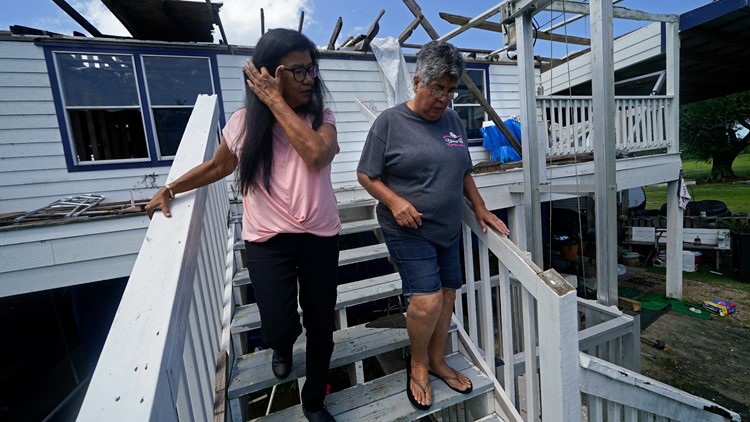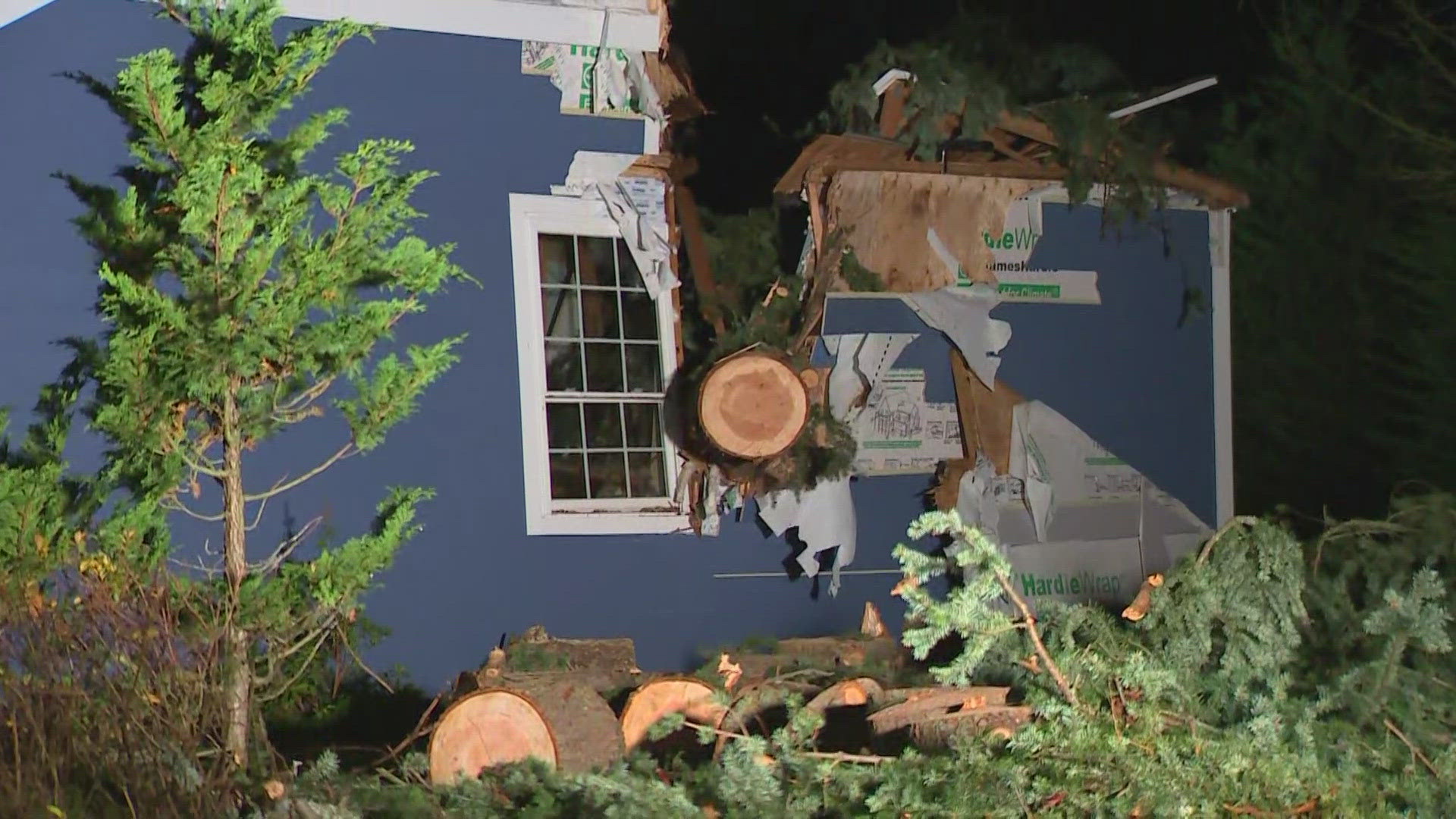WASHINGTON — The Federal Emergency Management Agency has developed a new strategy to better engage with hundreds of Native American tribes as they face climate change-related disasters, the agency announced Thursday.
FEMA will include the 574 federally recognized tribal nations in discussions about possible future dangers from climate change, and has earmarked $50 million in grants for tribes pursuing ways to ease burdens related to extreme weather. Tribal governments will be offered more training on how to navigate applying for FEMA funds. The new plan calls for tribal liaisons to give a yearly report to FEMA leaders on how prepared tribes are.
“We are seeing communities across the country that are facing increased threats as a result of climate change," FEMA Administrator Deanne Criswell said in a conference call with media. “What we want to do in this strategy is make sure that we can reach out to tribal nations and help them understand what the potential future threats are going to be.”
In recent years, tribal and Indigenous communities have faced upheaval dealing with changing sea levels as well as an increase in floods and wildfires. Tribal citizens have lost homes or live in homes that need to be relocated because of coastal erosion. Some cannot preserve cultural traditions like hunting and fishing because of climate-related drought.
Researchers say tribes have disproportionately been impacted by natural disasters and the federal government hasn't fully funded its obligations to them. It was only in 2013 under the Sandy Recovery Improvement Act that federally recognized tribes obtained the ability to directly request emergency and disaster declarations. Before, they had to apply for disaster funding through the states.
The new strategy emphasizes making sure tribes know of every FEMA grant program and how to apply for it. The hope is this will give them an equitable chance at getting funding. The agency hopes to find ways to get around barriers like FEMA cost share, or the portion of disaster or project funding that the federal government will cover. In some cases, tribes simply can't afford to pay their share.
“In those areas where we can’t, what we want to do is to be able to work with the tribes to help them find other funding sources to help them stitch together the different funding streams that might be out there," Criswell said.
Another change under the new strategy is more FEMA staff meeting tribes on their land, a request the agency got from multiple tribes. This will include anything from in-person technical assistance in small, rural communities to appearing at large national or regional tribal events.
Bill Auberle, the co-founder of the Institute for Tribal Environmental Professionals at Northern Arizona University, said this focus on regular interactions on tribal land is an immense development. More intimate discussions such as workshops, roundtables and webinars are “exceedingly important to tribes.”
“It's one thing to send out a notice and say ‘We would like your response,'" Auberle said. “Some of those tribes are small but have very serious needs. FEMA can certainly appreciate that.”
In addition to making more funds available to tribes, FEMA could also help by providing things like technical support as tribes prepare for and adapt to climate change, Auberle said.
The push to ensure all tribes fully understand how to access FEMA assistance or other related grants will be done with webinars, tribal consultations or regular meetings with FEMA regional staff.
Agency workers will get trained as well, learning a historic and legal overview about tribal sovereignty and cultural sensitivities.



